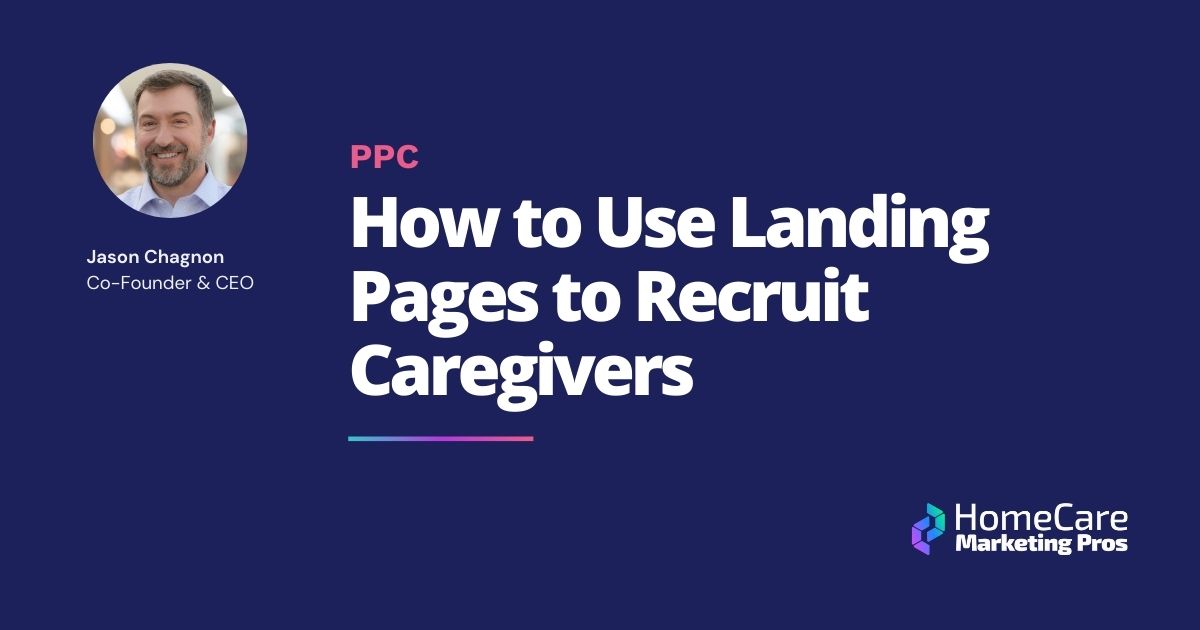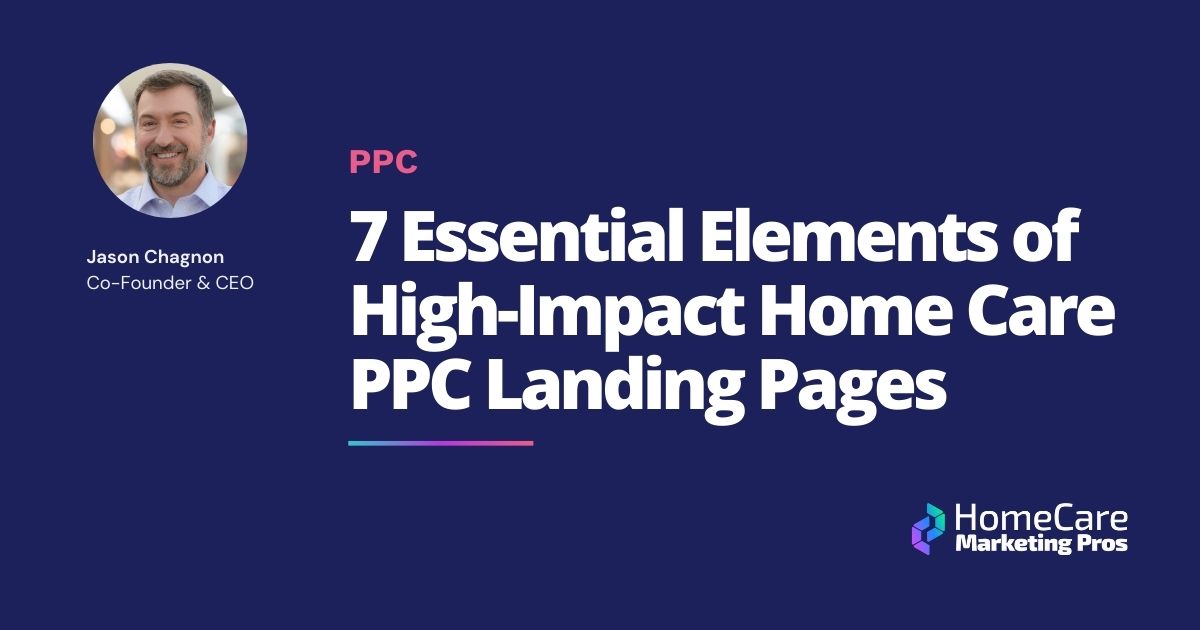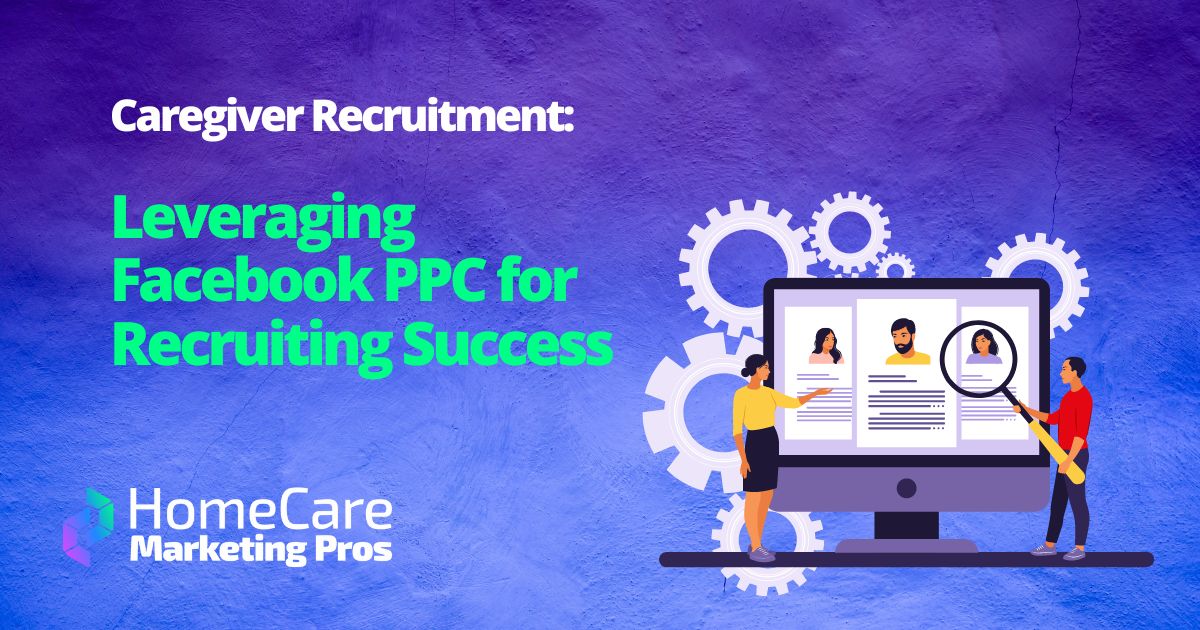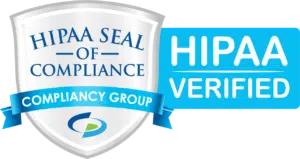Choosing the Right PPC Platforms: A Comparison Guide for Home Health Agencies
A three-step guide to choosing a pay-per-click platform that's perfect for your agency!
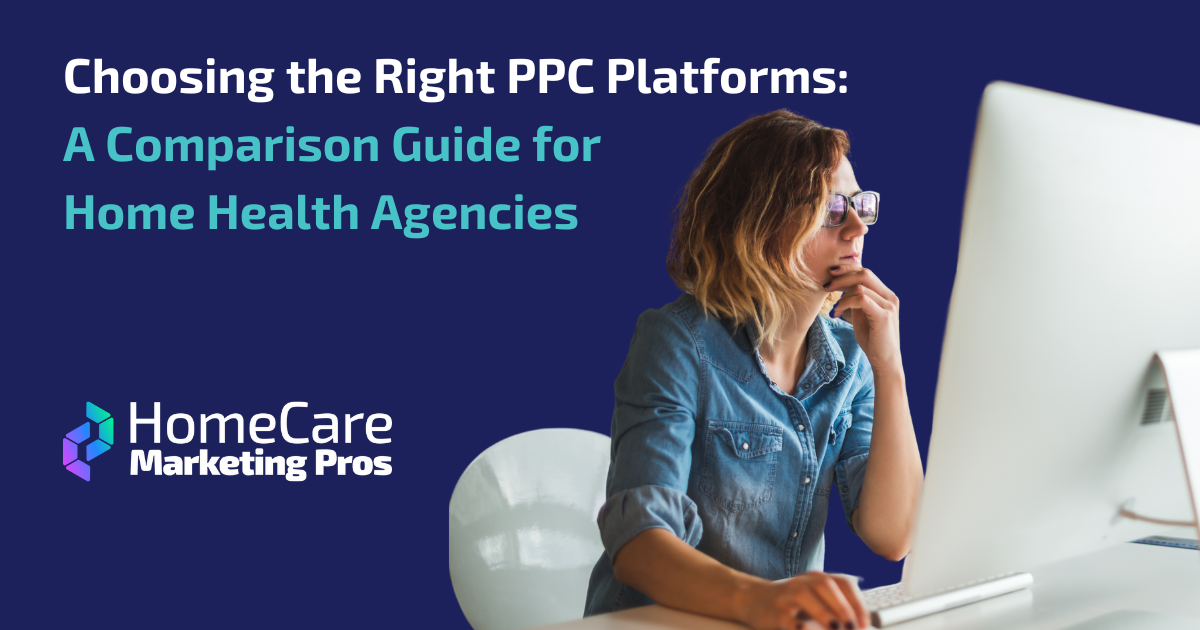
Before you run a PPC campaign, you have to choose where you’ll run it. Yours might run on a search engine, social media platform, or mobile app.
Which one you should use depends on the campaign—here’s how to know.
What is a PPC platform?
A PPC (or pay-per-click) platform is simply where you buy and run your PPC ad campaigns. In some cases, it’s the search engine or social media platform itself, like Google, which has its own PPC engine, called Google Ads. That means you run the campaign using the tools provided by the site where they will show up.
On this Google search engine results page (or SERP), the first two results are PPC ads.
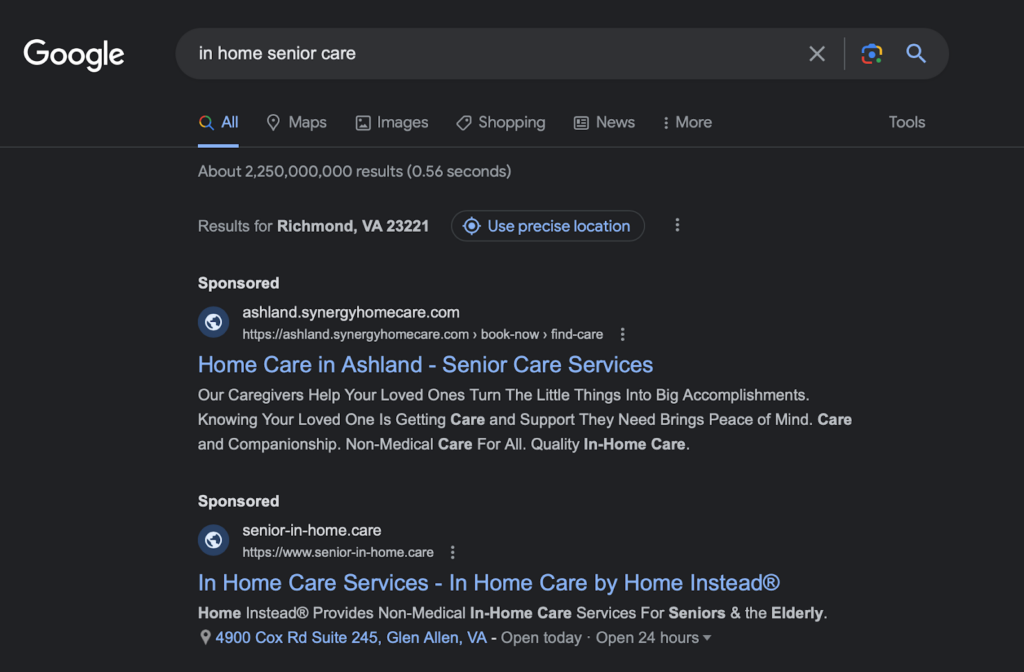
A PPC platform can also be a third-party service, like AdBlade or Bidvertiser, which lets you set up campaigns to run on other sites, like PPC the ads that show up on websites across the internet.
Here’s a PPC ad for Samsung that appears in a Washington Post article. This ad was bought and placed here via a third-party PPC platform.
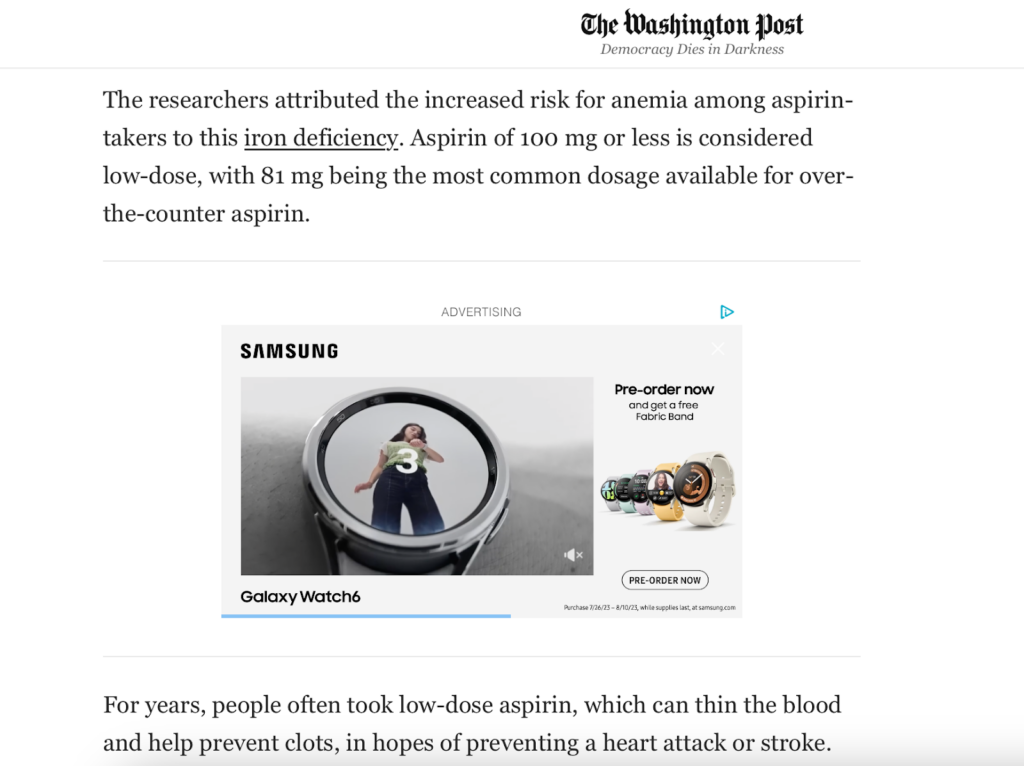
PPC platform examples
- Google Ads
- Bing
- YouTube
- Social media sites, including Facebook, Instagram, TikTok, Nextdoor, and Linkedin
- Mobile apps
- Amazon
Third-party PPC campaign platforms
- AdBlade
- Bidvertiser
- Propeller Ads
- Vibrant Media
- AdRoll
Let’s narrow the list. You can scratch some, like Amazon, since those ads are for products, not services. Scratch LinkedIn too, at least for client campaigns, though keep that one in your back pocket next time you need to recruit caregivers.
We recommend prioritizing Google Ads, Facebooks PPC (Meta Ads), and Microsoft Ads (Bing Ads) since you can target by location, demographics, interests, and intent.
We recommend senior care agencies use PPC campaigns on these platforms because they also tend to cater to your target demographic
How PPC platforms work
In a PPC campaign, the advertiser (that’s you) pays only when a user clicks on your ad. As an example, we’ll review how Google Ads works:
- You create an account on a PPC platform: it’s free to set up an account on Google Ads
- You conduct keyword research: Balancing cost, search volume, and difficulty.
- You set your budget: The campaign runs until that limit is reached, so you can’t accidentally overspend.
- Run the campaign: Paid search ads are placed through what’s called an auction. Which ad wins the auction and secures the placement depends on bid amount (you set this), ad assets, relevance to the keyword (called quality score), ad rank, and context.
- Optimize: You refine your campaign mid-flight to optimize for engagement and CPC (that’s cost per click).
- Analyze for insights: Take what you’ve learned from your campaign and improve the next.
Who is the target audience for a PPC campaign?
In PPC marketing, the target audience comprises the people you want to see and interact with your ads.
For any given campaign target audience depends on several factors: who your ideal client is, which services you’re promoting, and what action you want them to take.
How to choose the right PPC platform for your home care marketing campaigns
Ask yourself these three questions to pick the right platform for your campaign.
1. What are my goals for the campaign?
The goal of most marketing campaigns is to add qualified leads to your sales funnel. But there are several ways you can do that:
- Getting users to provide you with their contact information
- Getting users to call your agency
You might have secondary goals as well, like:
- Getting potential clients to sign up for an intro call or attend an informational webinar
- Test and refine campaign messaging
- Test and improve your landing pages
- Refining your audience segments
- Find new demographics to add to your target audience
- Test new platforms
2. What services do I need to promote?
The length of the sales cycle varies by service. For example, nutrition services are seldom needed in an emergency, and the sales cycle is longer. For hospice care or in-home post-op care, that sales cycle is much shorter—users typically need help right away.
The more timely the need, the more important it is that you meet potential clients at the moment of that need. This is why we like paid search campaigns, which allow you to serve ads to users at the moment they’re searching keywords like in-home senior care services or home care after hospital discharge.
3. Where are my ideal customers?
To find your audience, start with what you know about your ideal clients. If you know your clients are usually 45 and older, TikTok isn’t likely the right platform for you, but Nextdoor, whose users skew older, might be.
Consider also what you’re advertising and how that matches up with potential platforms. LinkedIn is used for business networking, so it’s not ideal for home care sales campaigns (though it is great for caregiver recruitment campaigns).
Here’s one thing we do know: Nearly everyone uses Google. That’s where we like to start.
Ready to get started with the right PPC platform for your home care agency?
Home Care Marketings Pros' PPC experts can help you chose the right plaftorm and attract, engage, and convert clients and potential caregivers with our proven home care PPC strategies. Find out more by watching our walkthrough!


